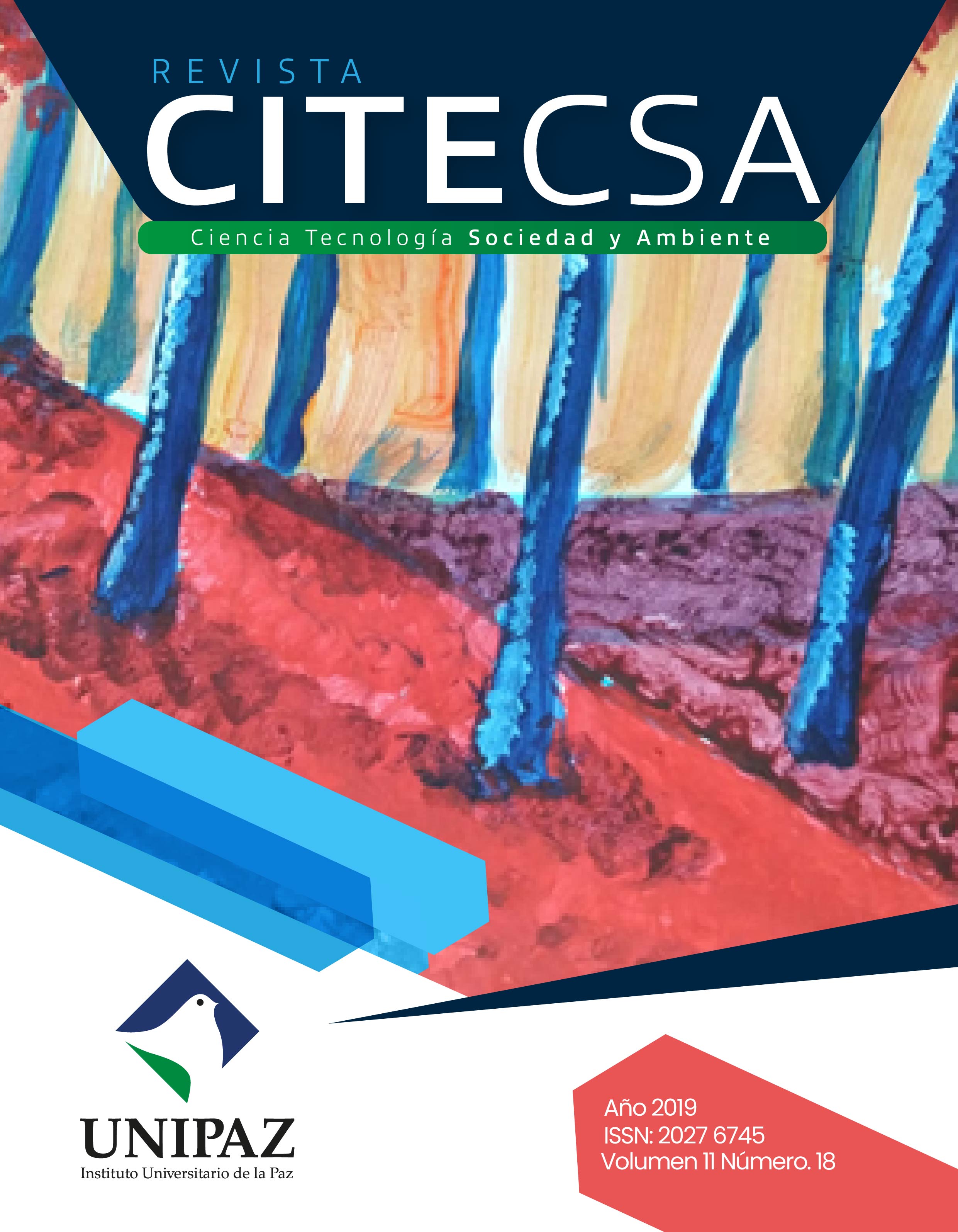Estudio de la variabilidad intraespecífica del gen de fosfomanomutasa en Leishmania braziliensis y su correlación con la capacidad infectante
Abstract
Protozoa in the genus Leishmania, synthesized high-Mannose glycoconjugates (MHG), the enzyme is involved in activation phosphomannomutase (PMM), which has been closely linked with a greater capacity for virulence and survival of the parasite. We conducted a study to determine intraspecific variability of strains of Leishmania braziliensis, provided by laboratories INLASA and UMSA, the Paz, Bolivia. Infections in vitro into macrophages, PCR, RFLP to the PMM were carried out, and the corresponding bioinformatic analysis of the products of sequencing, with the BioEdit ® and MEGA5 ® programs. Finally constructed phylogenetic trees using the UPGMA test. Subsequently conducted a simple correlation of the variables under study. The results, show that INL (522, 11, 413) strains have higher overall infection averages (more than 700 amastigotes); L strains, present total infection averages low (0 to 400 amastigotes). Likewise, the molecular marker (PMM) used did not allow show intraspecific variability of the INL strains, there is no correlation between a greater capacity for virulence, and the PMM enzyme electrophoretic profiles, and phylogenetic distribution of the enzyme PMM, in the UPGMA Test. Instead L strains, showed intraspecific variability, but it was not associated with a greater capacity for infection. The analysis of the tree obtained by UPGMA, showed values bootstrap in INL strains (≥ 70%) and strains L (99%). Studies should be with more number of restriction enzymes of the PMM, which will allow us to determine intraspecific variability of the parasite.
Downloads
Published
How to Cite
Issue
Section
License

Este obra está bajo una licencia de Creative Commons Reconocimiento-NoComercial-CompartirIgual 3.0 Unported.

